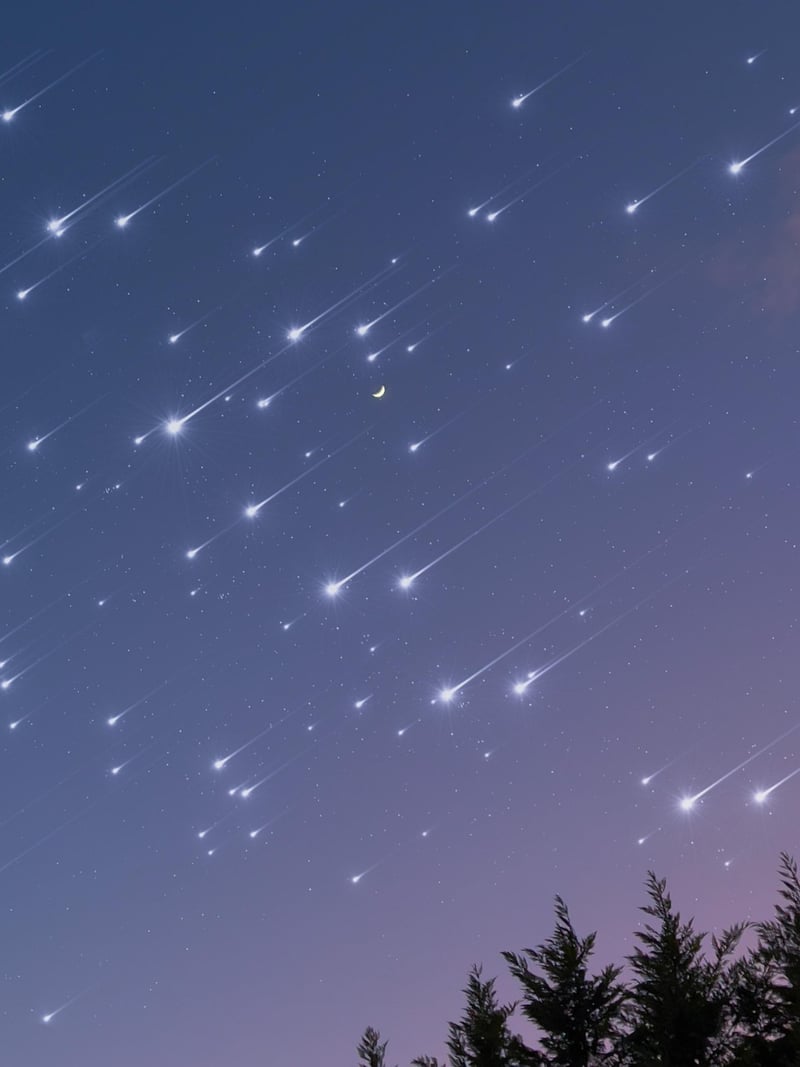Meteor Showers
Capturing Celestial Wonders: Meteor Showers
Welcome to the fascinating world of meteor showers! The night sky holds a myriad of celestial wonders, and meteor showers are among the most captivating events to witness. Whether you're a seasoned astrophotographer or a casual stargazer, capturing the beauty of meteor showers can be a rewarding experience.
What are Meteor Showers?
Meteor showers occur when the Earth passes through the debris left behind by a comet. As these small particles enter the Earth's atmosphere, they burn up, creating streaks of light across the sky known as meteors or shooting stars. Meteor showers are named after the constellation from which they appear to originate, such as the famous Perseids or Geminids.
Tips for Capturing Meteor Showers
- Find a dark location away from city lights to have the best visibility of the meteor shower.
- Set up your camera on a sturdy tripod to avoid shaky images during long exposures.
- Use a wide-angle lens to capture as much of the night sky as possible.
- Adjust your camera settings for long exposures, typically around 15-30 seconds, at a high ISO to capture the faint light trails of meteors.
- Consider using a remote shutter release or the camera's timer function to prevent camera shake when taking photos.
Recommended Gear for Astrophotography
- DSLR or mirrorless camera with manual settings
- Wide-angle lens with a fast aperture (f/2.8 or wider)
- Sturdy tripod
- Remote shutter release or intervalometer
- Blankets and warm clothing for comfort during long nights of shooting
Remember to be Patient and Enjoy the Experience
Photographing meteor showers requires patience and a bit of luck. Be prepared to spend hours under the night sky, gazing at the stars and waiting for that perfect meteor to streak across your frame. Remember to take breaks, look up, and appreciate the beauty of the cosmos.
Examples of Meteor Shower Events
Some of the most popular meteor showers include:
- Perseids: Known for their bright meteors, the Perseids are active from mid-July to late August.
- Geminids: The Geminids are one of the most reliable and prolific meteor showers, peaking in mid-December.
- Leonids: The Leonids produce fast and bright meteors, with their peak usually in mid-November.
Prepare your gear, find a dark sky location, and get ready to capture the magic of meteor showers in all their glory!

